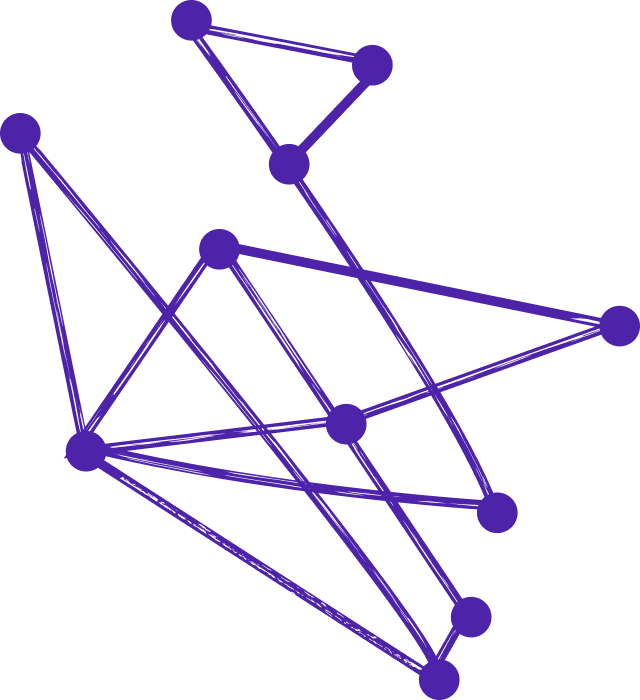
agile project management waterfall
Agile Project Management Waterfall
Agile project management is a flexible and iterative approach to managing projects. It focuses on delivering value to customers through continuous collaboration and feedback. Agile teams work in short iterations, known as sprints, and adapt to changing requirements throughout the project. This approach is well-suited for projects with rapidly changing requirements or where the end goal is not clearly defined.
On the other hand, waterfall project management is a more traditional and sequential approach to managing projects. In this approach, the project is broken down into distinct phases, such as planning, design, implementation, testing, and deployment. Each phase must be completed before moving on to the next, making it difficult to accommodate changes late in the project.
One of the key differences between agile project management and waterfall is their approach to risk management. In agile, risks are identified and addressed throughout the project, allowing teams to respond quickly to changes. In waterfall, risks are typically identified upfront and managed through a detailed project plan.
Another difference is in how projects are planned and executed. Agile projects are planned in short increments, with teams focusing on delivering small, incremental improvements. This allows for greater flexibility and the ability to respond to changing requirements. Waterfall projects, on the other hand, are planned in advance, with a detailed project plan outlining all tasks and dependencies.
In conclusion, both agile project management and waterfall have their own strengths and weaknesses. Agile is well-suited for projects with rapidly changing requirements, while waterfall is better for projects with well-defined goals and requirements. Ultimately, the choice between the two methodologies will depend on the specific needs of the project and the preferences of the project team.
Let’s build your next digital product — faster, safer, smarter.
Book a free consultationWork with a team trusted by top-tier companies.








